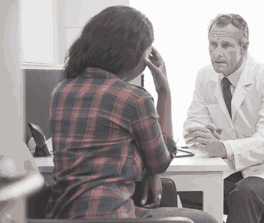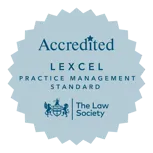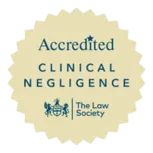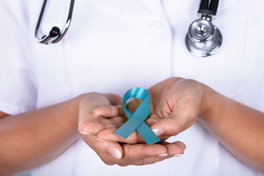Recognising the signs and why they’re sometimes missed
Breast cancer doesn’t always look or feel the same for everyone. The most common sign is a lump, but sometimes the first changes are much more subtle. The most important thing is to know what’s normal for you, and to trust your instincts if something doesn’t feel right. Getting checked early really can make all the difference.
It’s also important to remember that most changes to your breasts or chest aren’t cancer. Things such as cysts or infections are often the cause, but it’s always best to be on the safe side and get checked by your GP. Finding cancer early gives the best chance of successful treatment.
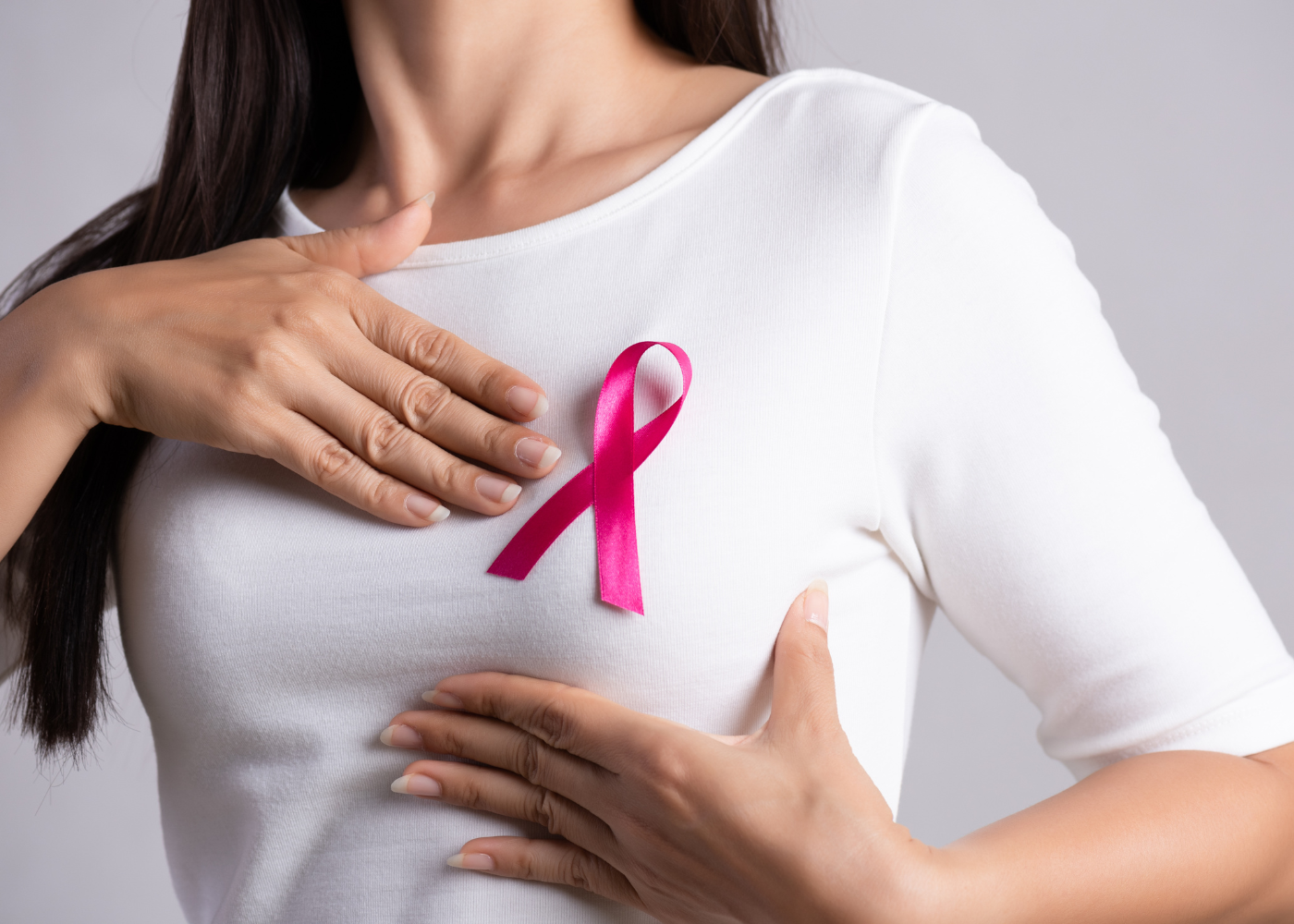
Common symptoms in women
You should speak to your GP if you notice:
- A lump or swelling in your breast, chest, or under your arm.
- Changes to the skin on your breast, such as dimples, puckering, or redness.
- A change in the size or shape of one or both breasts.
- Any fluid coming from your nipple when you’re not pregnant or breastfeeding, especially if it’s bloodstained.
- A nipple that looks different, for example, turning inwards, becoming sore, or developing a crust or rash.
- Pain in your breast or underarm that doesn’t go away.
Checking your breasts regularly helps you understand what’s normal for you. That way, you’ll be more likely to spot anything new or unusual.
Common symptoms in men
Breast cancer in men is rare, but it does happen - around 390 men are diagnosed in the UK every year. Because awareness is lower, it is often found later, when treatment can be more complex.
Signs to look out for include a lump or swelling in the chest or underarm, changes to the nipple, or unusual discharge, which may be bloodstained. Some men notice a sore or rash on the chest, or that one side appears different in size or shape.
Many of these changes can be caused by non-cancerous conditions, but it’s still important to get them checked. Speaking to your GP promptly gives the best chance of finding the cause and, if needed, starting treatment early.
Symptoms of secondary breast cancer
If breast cancer spreads to another part of the body, it’s called secondary or metastatic breast cancer. The symptoms can vary depending on where it spreads, but may include:
- Ongoing bone pain or unexpected fractures.
- Shortness of breath or chest pain.
- Yellowing of the skin or eyes (jaundice), or pain and swelling in the stomach area.
- Headaches, dizziness, or confusion.
- Feeling very tired, losing weight, feeling sick, or just not feeling yourself.
Understanding breast cancer risk
Anyone can develop breast cancer, but some factors make it more likely. The biggest risk factor is age. As we get older, normal cell changes build up in our bodies, and this can sometimes lead to cancer developing.
There are also a number of other things that can raise or lower someone’s risk. These include hormone levels, genetics, lifestyle, and reproductive history. Having one or more of these risk factors doesn’t mean you’ll definitely get breast cancer, but it’s helpful to understand how they might play a part.
Hormones and breast cancer
Hormones such as oestrogen, progesterone and testosterone play a key role in breast tissue. When levels of these hormones are higher for longer periods of time, the risk of developing breast cancer can increase.
In women who have gone through the menopause, breast cancer risk is roughly twice as high in those with the highest hormone levels compared to those with the lowest. In younger, pre-menopausal women, oestrogen levels don’t appear to have the same effect, but higher testosterone levels may slightly increase risk.
Breast density
Breast tissue varies from person to person. Some breasts contain more fatty tissue, while others have denser (less fatty) tissue. Women with very dense breasts are around three to five times more likely to develop breast cancer than women with less dense breasts.
Dense breast tissue can also make cancer harder to spot on a mammogram. Breast density tends to be higher in younger women and those with a lower body weight, and it can run in families.
Age, periods, and menopause
Hormone changes linked to menstruation, pregnancy, and menopause also affect risk.
- Women who start their periods at a younger age or go through menopause later have a slightly higher risk. This is because their bodies are exposed to oestrogen for a longer time.
- Having your first baby later in life can also increase risk a little, while having children earlier or having several children slightly reduces it.
- Breastfeeding helps lower the risk of breast cancer, and the longer a woman breastfeeds across her lifetime, the greater the benefit.
Family history and inherited genes
Most people who develop breast cancer don’t have a family history of the disease. But having a close relative, such as a mother, sister or daughter, who has had breast cancer can increase your own risk.
Only a small number of breast cancer cases are caused by inherited gene changes, such as BRCA1 or BRCA2 mutations. These gene faults can raise a woman’s lifetime risk of developing breast cancer to between 45% and 65%. That said, they are rare - only around one in 450 women in the general population carry one of these mutations.
If breast cancer runs in your family, your GP can refer you for genetic counselling or testing to see if you might be at higher risk.
Lifestyle and health factors
Our daily choices can also make a difference. Around a quarter of breast cancer cases are linked to lifestyle factors that can be changed. These include:
- Body weight: After the menopause, women who are overweight or obese have a higher risk of breast cancer. Fatty tissue produces oestrogen, which can encourage cancer cells to grow. Maintaining a healthy weight can help lower this risk.
- Alcohol: Drinking alcohol increases breast cancer risk in both women and men. Even small amounts can make a difference - drinking one or two units a day slightly increases risk, and the more you drink, the higher it becomes.
- Smoking: Smoking is linked to several cancers, including breast cancer. The longer someone has smoked, the higher their risk. Quitting smoking can help reduce this over time.
- Physical activity: Regular exercise can lower breast cancer risk. Women who are active for at least 150 minutes a week (for example, brisk walking, swimming, or cycling) have a lower risk than those who are mostly inactive.
- Hormone treatments: Some hormone-based medications can affect breast cancer risk.
- The combined contraceptive pill can slightly increase risk while it’s being taken, but this returns to normal within about ten years of stopping.
- Hormone replacement therapy (HRT), used to manage menopause symptoms, can also increase risk, especially combined oestrogen-progestogen HRT. The risk decreases once HRT is stopped.
If you’re using HRT or considering it, speak to your GP about your personal risk and the benefits it may offer.
Understanding your own risk
Having one or more of these risk factors doesn’t mean you’ll get breast cancer - many people with several risk factors never do, while others with none still can. What matters most is awareness.
Knowing your body, keeping up with screening appointments, and making small, healthy lifestyle choices can all help lower your risk and improve early detection.
The importance of breast screening
Breast screening saves lives. It can find cancers long before there are any visible signs or symptoms, at a stage when treatment is far more likely to be successful. A mammogram, a simple X-ray of the breast, can pick up small changes that can’t be seen or felt, sometimes years before a lump appears.
The earlier breast cancer is found, the better the outcome. Early detection often means less invasive treatment, a higher chance of recovery, and more people going on to live full, healthy lives after diagnosis.
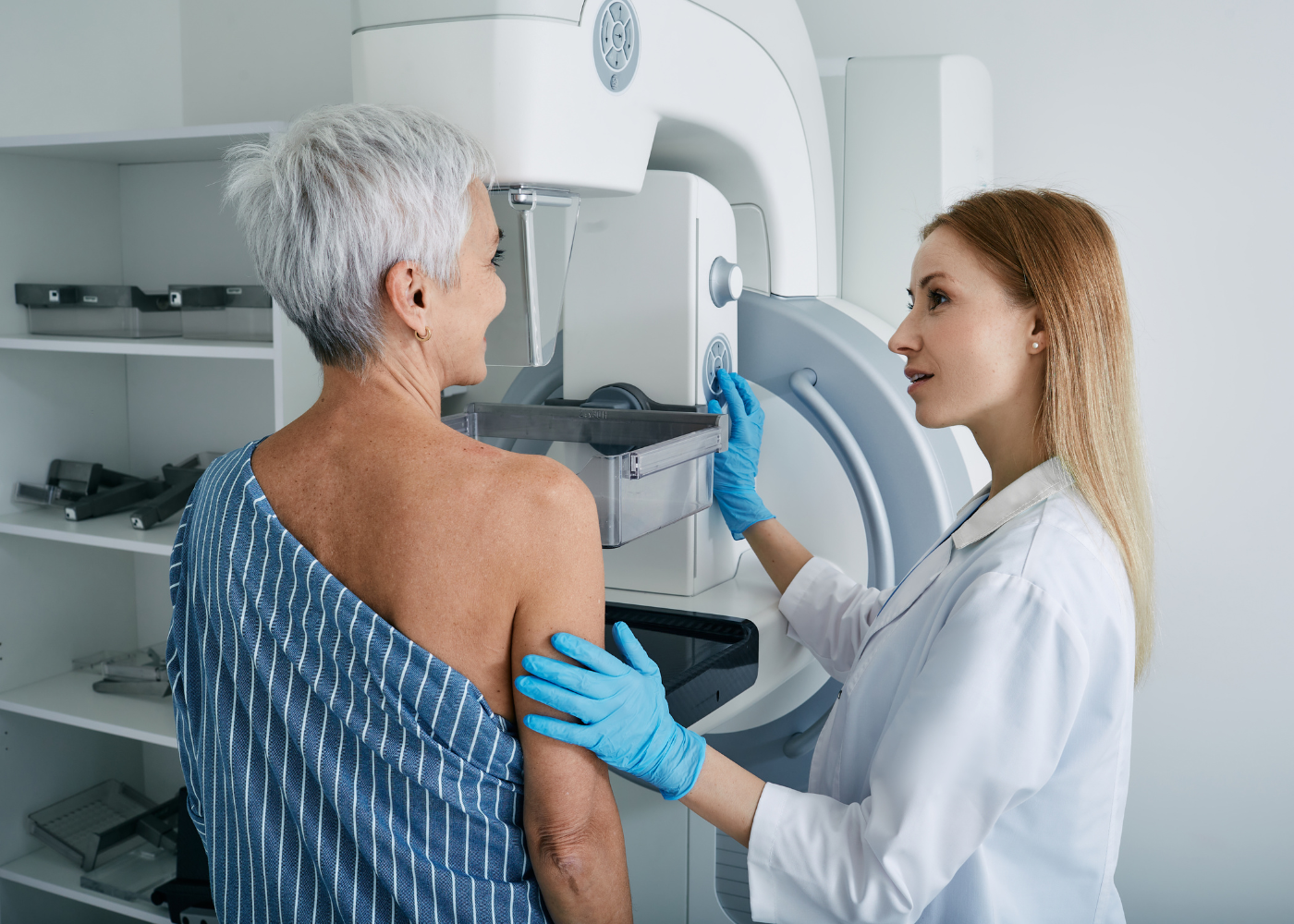
Who is offered breast screening?
In the UK, anyone registered with a GP as female is invited for NHS breast screening every three years between the ages of 50 and 71. The first invitation usually arrives between 50 and 53.
If you’re 71 or older, you won’t be invited automatically, but you can still book an appointment every three years if you wish to. Screening is just as important at this age, as breast cancer risk continues to rise over time.
If you are trans or non-binary, your eligibility depends on how you’re registered with your GP. If you’re registered as female, you’ll receive an invitation automatically. If you’re registered as male, you can contact your local screening service to arrange an appointment.
Why attending matters
Many people feel nervous about attending screening, but the appointment itself is quick and straightforward. It usually takes around 30 minutes, and the mammogram, carried out by a specially trained female mammographer, only lasts a few seconds.
Screening can detect changes long before they cause any symptoms, and that early detection really does save lives. For every 200 women screened, one life is estimated to be saved. That might sound like a small number, but across the country it adds up to thousands of lives every year.
Screening can also mean that if cancer is found, treatment is simpler and recovery is easier. Many people diagnosed through screening need less extensive surgery and avoid more aggressive treatments such as chemotherapy.
What happens at your appointment
Most people who attend screening receive a normal result, meaning no signs of cancer were found. A small number are invited back for further tests, often just to take a clearer image. If more tests are needed, these might include another mammogram, an ultrasound, or a small biopsy.
It’s natural to feel anxious while waiting for results, but it’s important to remember that most people who are called back do not have cancer. If cancer is found, it’s usually at a much earlier stage, which gives the best possible chance of successful treatment.
Screening as part of self-care
Breast screening isn’t something to be feared - it’s a way of taking care of yourself. Attending your appointments, checking your breasts regularly, and knowing what feels normal all work together to protect your health. Even if you’ve recently had a mammogram, it’s still important to see your GP straight away if you notice any changes in your breasts. Screening helps find cancers that can’t be seen or felt, but it doesn’t replace knowing your own body.
By combining regular screening with awareness and self-checking, more lives can be saved, and more people can go on living well after breast cancer.
When breast cancer is missed or diagnosed too late
Early diagnosis saves lives, yet sometimes breast cancer isn’t found as early as it could be. Most people in the UK receive the right care at the right time, but delays and diagnostic errors still happen, and when they do, they can have serious and lasting consequences. Understanding how and why this can occur helps highlight why early action and accountability matter so much.
Missed or delayed screening
Breast screening plays a vital role in detecting cancer early, but not everyone who should be screened is reached or attends. Sometimes letters don’t arrive, appointments are postponed, or anxiety about the test itself causes people to delay. In other cases, mammogram images are misread, or abnormal results are not followed up as quickly as they should be.
Mammograms are very effective, but no test is perfect. Very small tumours or those hidden by dense breast tissue can occasionally be missed. That’s why attending regular screenings, knowing your own body, and reporting any changes between appointments remain so important.
Misinterpreted symptoms
Breast cancer doesn’t always appear as a lump. It can cause redness, pain, swelling, or skin changes that might look like an infection or another harmless condition. Sometimes, patients are reassured too early without the right tests being carried out, or results are read incorrectly.
Healthcare professionals work under pressure and rely on their training and clinical judgment, but mistakes and communication breakdowns can still happen. If your symptoms persist, worsen, or simply don’t feel right, it’s okay, and important, to ask for further investigation or a second opinion.
Delays in referrals and communication
Even when cancer is suspected, delays can still occur between services. A GP referral might take longer than expected, or test results might not be shared promptly between departments. Under national standards you should be told whether you have cancer within 28 days of an urgent referral, start first treatment within 31 days of the decision to treat, and start first treatment within 62 days of the urgent referral. If you are worried about a delay, or you have waited longer than expected for an appointment or a result, contact your GP or hospital for an update. You are entitled to clear information about your care.
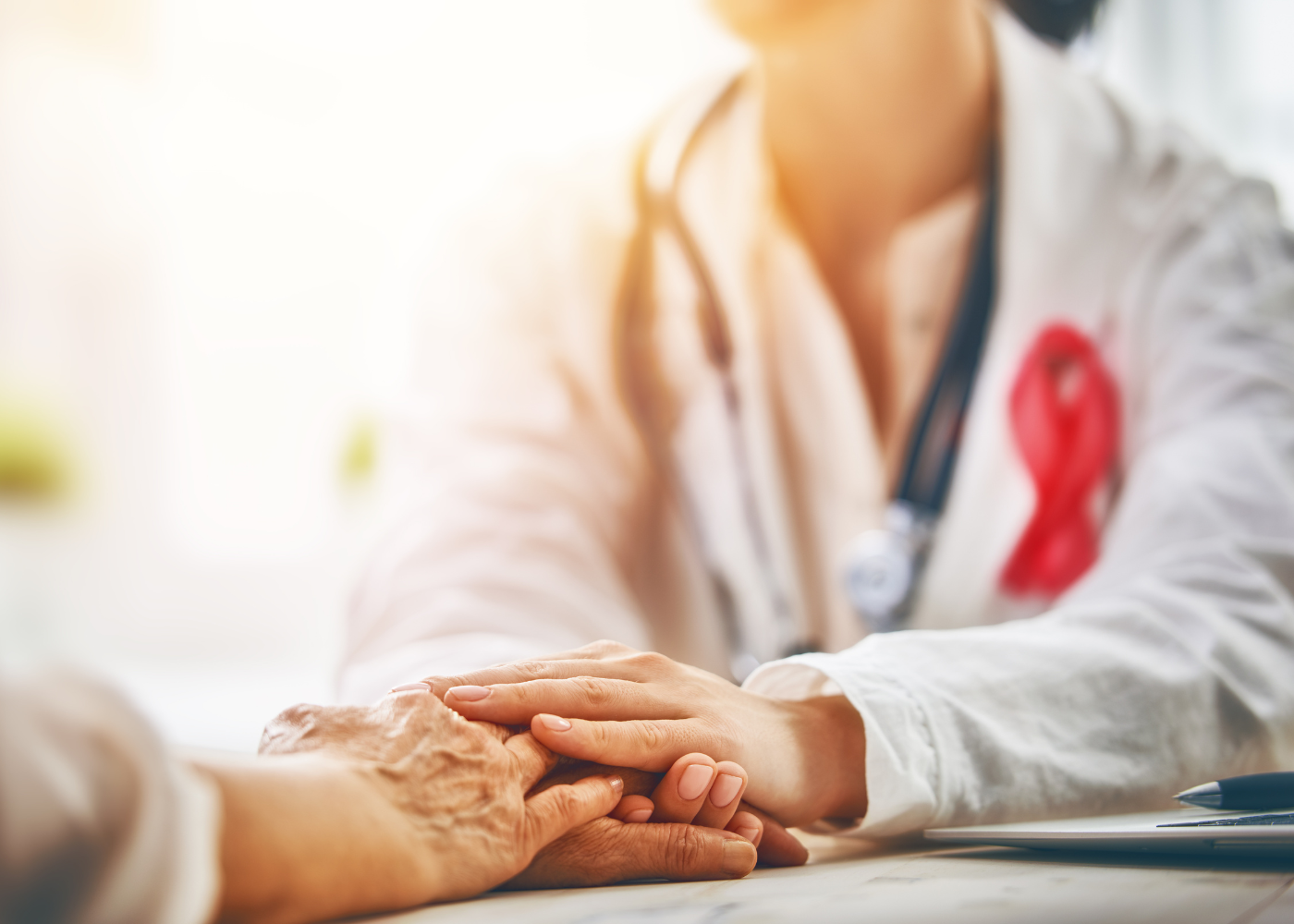
When delays amount to negligence
Not every delay or mistake is negligent. Many happen despite best efforts, and healthcare professionals work hard to deliver safe, timely care. But sometimes the standard of care falls below what is reasonably expected, and that’s when a delay or error can become medical negligence.
Medical negligence occurs when something goes wrong that could have been avoided if proper care had been taken. In breast cancer cases, this might include:
- Failing to recognise or act on obvious symptoms.
- Losing or not following up test results.
- Misreading a mammogram or biopsy.
- Delays in making referrals or arranging urgent investigations.
When these kinds of failings lead to a later diagnosis, more aggressive treatment, or a poorer outcome, the impact can be life-changing - physically, emotionally, and financially.
If you believe your diagnosis was delayed or mishandled, you have the right to ask questions and to seek advice. Speaking to a specialist medical negligence solicitor can help you understand what went wrong, whether it could have been avoided, and what support may be available to you and your family.
Why early diagnosis makes such a difference
The earlier breast cancer is found, the better the chances of successful treatment. When it’s diagnosed before it spreads, treatment is usually less invasive, recovery is faster, and survival rates are significantly higher.
Almost all women diagnosed at stage 1 of breast cancer, around 98%, live for at least five years after diagnosis. When the disease is discovered at a much later stage, once it has spread to other parts of the body, survival drops to around one in four. These figures from Cancer Research UK show how much difference timing can make.
Finding cancer early gives doctors more treatment options and gives patients more control over their care. It can mean smaller surgery, fewer side effects, and a lower chance of the cancer returning in the future.
Early diagnosis also makes an emotional difference. It gives people the reassurance that the disease was caught in time and the opportunity to focus on recovery and life beyond cancer.
If you’ve experienced a delayed or missed breast cancer diagnosis
If your breast cancer was diagnosed later than it should have been, you may be left wondering whether more could have been done and how things might have been different. A delay in diagnosis can mean more extensive treatment, a longer recovery, and, in some cases, a reduced chance of remission. It can also have a lasting emotional impact - for you and for those close to you.
At Simpson Millar, our Medical Negligence Solicitors help people who have been affected by delays and errors in cancer diagnosis. We understand how distressing this situation can be and will take the time to listen to your experience, review what happened, and explain your legal options clearly.
If it is found that your care fell below a reasonable standard and this caused you harm, you may be entitled to compensation. A claim can help ease the financial and practical pressures that often follow a delayed diagnosis. Compensation can cover the cost of private medical treatment, corrective surgery, and ongoing therapy, as well as lost earnings, care and support needs, and the emotional impact of what you have been through. It can also provide financial stability for your family if your ability to work or live independently has been affected.
We offer a free, no-obligation claim assessment, so you can understand whether you may have a case and what the next steps could be. Call us today on 0808 239 5461, or request a callback, and we’ll talk with you about how we may be able to support you.
